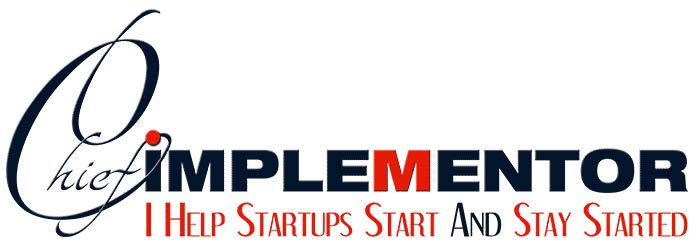Executive Development a Must For a CEO – Part I
We find ourselves in a time that is demanding a transformation in our approach to business success. Certainly, we are in the midst of one of the most challenging economic times since the Great Depression. Yet, even before the crisis we were already fully engaged in a fast-paced, global-technical business environment that is filled with emerging opportunities yet fraught with growing uncertainties. The speed of change, global competition, the war on terror, climate change and an unsettling economy add up to one of the most challenging times for organizations aiming to grow and evolve. Many business people I speak to realize we are in a process of a massive transformation in how we generate business success and that this transformation must be lead by those in the executive ranks. Therefore the case for robust executive development programs has never been stronger because the demand for true leadership has never been stronger.
Again, before I discuss a suggested approach to executive development it is important to remind ourselves of the foundational purpose of leadership – which is to create. The primary tools for a leader’s creative endeavor is:
* A fundamental focus on serving their clients and/or the market place.
* A clear and compelling vision whose foundation is based on the organization’s core business.
* A high performing culture that is disciplined and guided by a core set of values.
* A buzz about the organization that attracts the best in class in talent and resources.
* Alignment around strategies and actions that most forward the vision and key priorities as well as the fundamental needs of key stakeholders.
No one can really argue with those outcomes and yet the current business climate has undermined the emphasis on executive development – at a time when we need it the most! As during other downturns, many organizations have pulled back on their executive development programs as a way to save the bottom line.
Yet, in this case it we may truly be cutting our nose off despite our face. Years of unbridled growth, record profits and a strong stock market have masked the fundamental lack of leadership in Corporate America. Now that we see that – it is more important than ever to do something about it!
Clearly, if you organization is fighting for its survival, cutting back is understood. Also, if you have had an executive development program that is not respected or valued – it may be clear why it is on the chopping block. Yet, if you are still positioned well in the eyes of the market place and simply being more conservative with your spending – there is a way to intensify your efforts to develop more effective leadership in your executive ranks and to do so in a way that brings great returns.
This article is aimed at supporting those in the C-suite and senior ranks to consider ways to maintain an investment in executive development while at the same time ensuring that the investment has a positive impact on the business and maximizes the return on investment (ROI). While it has been shown that the investment in Executive Development services can have a tremendous return on investment (ROI) – the level of that return will depend on your needs and the firm you chose to fulfill those needs.
Step I – Defining Your Return on Investment
The first question you need to ask yourself when considering your investment in executive development is: What is the return on investment I am most hoping to gain from an executive development program?
This should be pretty easy to answer. Ask yourself given where our business is at right now – what are the central success measures that will allow us to move towards my vision for the organization?
* Growth
* Increased market share
* Enhanced profitability
* Improved execution
* Stronger alignment with my people
* Stronger leadership competencies
* Other measure?
After you have selected your key measures, you want to create a specific outcome (e.g. 20% growth, double our profitability, improve our customer satisfaction, etc.) as well as declare a time frame in which you want to accomplish this. Once you are done with this process you know what you are aiming for.
Step II – Assessing Your Existing Leadership Culture and Envisioning It’s Future
The next question is: Given the results we are seeking and the ROI we are expecting from developing our executives – what kind of leadership culture is required to succeed over the long term? In other words, what leadership competencies are most necessary to take your organization from where it is today towards your vision and what is the current state of your leadership culture?
There are many ways you or the firm you hire can help you to define this. One of the most powerful and cutting edge tools for assessing a leadership culture is The Leadership Circle’s – Leadership Culture Survey. This is a low cost – high impact tool that allows you to quickly determine the gaps in your leadership culture. Such a tool also provides the foundation for measuring the impact of your executive development methodology because it allows you to come back later to take a snap shot of executive development trends as well as the current state of gaps in your leadership.
With this assessment in hand you can determine both the vision you have for leadership as well as the strategy to deploy to quickly close the gaps that will inevitably be found.
David Utts is the owner of Executive Development and specializes in CEO Coaching

